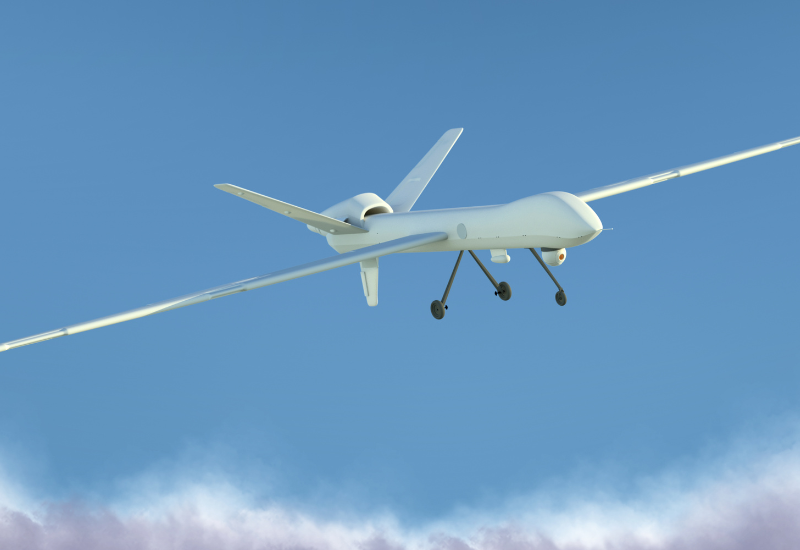
Adapting Unmanned Aerial Vehicles (UAVs)
There is room for innovation in the technology that powers unmanned aerial vehicles because of the limitations and technical challenges that exist in UAVs that use solar panels; limited sun restricts the endurance of the aircraft. Moreover, most consumer and commercial UAVs have limited flight times due to battery constraints. One of the primary challenges for UAVs is navigating the complex regulatory environment. Each aircraft needs to consistently meet safety requirements. Advances are needed to improve the energy densities of UAVs and reduce the carbon emissions emitted by each aircraft.
What did our client do?
Our client aimed to engineer a high-performance unmanned aircraft that utilises advanced data analytics technology with Artificial Intelligence (AI) and solar panel expertise to deliver cost efficiency and optimised journeys with less refuelling. This was achieved with trial and error of solar, fuel cells, and battery energy sources, finding out how to maximise flight time in various conditions. They also needed to investigate and find the correct sensor fusion to collect the necessary data. Sensors are crucial components in unmanned aerial vehicles (UAVs) as they enable precise navigation, stability control, obstacle detection, and environmental data collection. These sensors provide essential information for safe and efficient UAV operation, supporting tasks like aerial photography, environmental monitoring, and autonomous flight, while also enhancing safety and situational awareness. Through the implementation of AI, different data inputs from the sensors could be quickly consolidated to track a journey or form an image around the aircraft.

How did we help?
No project is straightforward, and this one was no exception. With multiple projects taking place during the claimable year, our team found it fascinating to collate the crucial project information to create a successful R&D claim for our client. We showed HMRC, from a technical and financial perspective, how this innovation came to life and boosted the ability of UAVs to detect and avoid obstacles, navigate challenging environments, and improve their overall safety. Something that really stood out to us to represent the nature of research and development was the methods behind developing algorithms for sensor function to achieve energy optimisation, navigation, material detection, and image mapping all at the same time.


